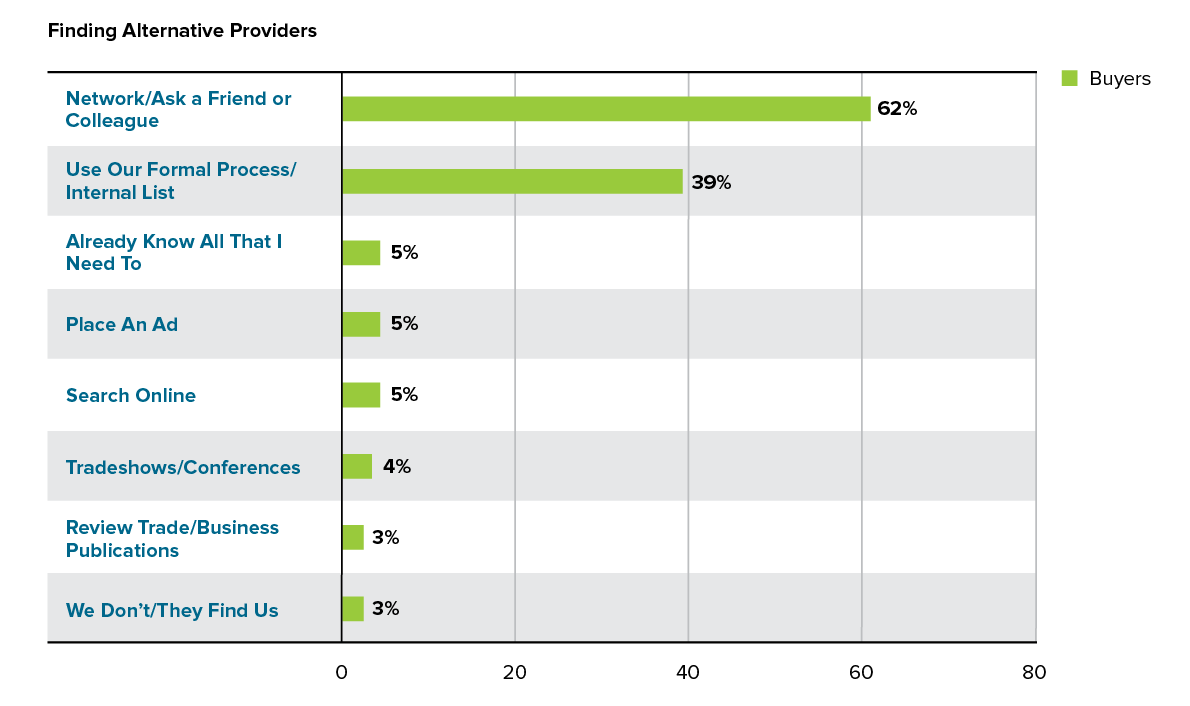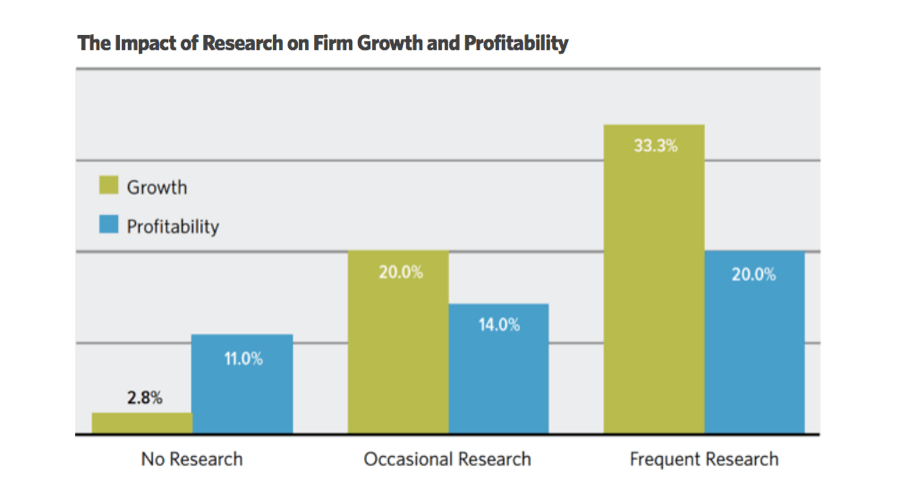Today’s AEC services firms are going through a period of dramatic transitions. Major marketplace shifts include:
- A marked increase in global competition
- Increased significance of public and private partnerships
- The disappearance of small and midsize firms
- The emergence of online marketing as a major force shaping the marketplace
Odds are, one or more of these changes are familiar for your firm. In the midst of all these transitions, how can your firm get ahead and maintain a competitive advantage? In order to compete effectively, it’s crucial for firms to build an understanding of themselves and their brands based on objective data.
Perception and Visibility
Every firm has its own collective perception of itself, as well as a set of beliefs about how their clients view them. Often, however, these perspectives do not align with the actual views of clients and other audiences in the marketplace. In short, they are assumptions, not facts – and these assumptions often consciously and unconsciously guide the way firms market themselves.
How well-known is your firm? How strong is your reputation? These are the questions that form the core of your brand – and the answers are determined in part by how you are discussed in the marketplace. Our research has found that 62% of AEC buyers turn first to friends or colleagues when looking to work with a new firm. Plus, 58% of buyers reported that a good reputation was their top selection criteria for a service provider.

Internal vs. External Perceptions
Brand research helps you compare internal perceptions of your firm and marketplace to external perceptions. This is a key way to help your firm grow, identifying the brand differentiators that most resonate with target audiences – and helping you stay ahead of the competition. In fact, our research shows firms that conduct brand research experience higher growth and profitability.

With brand research, your firm can craft clear and compelling messaging in a data-driven way – and successfully differentiate yourselves from competitors. Ultimately, there are four key reasons to conduct brand research:
- To verify and increase your understanding of your clients’ and prospects’ experience and buying behavior, supplementing any existing data and internal insight.
- Provide the credibility and data to educate and encourage internal acceptance and behavior change. New messaging must be embraced to be effective.
- Understanding how strong your brand is online and offline.
- Understanding your current reputation in the marketplace. Remember, this is the top deciding factor when to comes to AEC buyers’ final selection of a few firm.
SEE ALSO: Differentiation Strategy Not Working? Here's How to Make It Better
The Big Picture
The brand research process isn’t over once the numbers in. Next, you have to learn what they mean – and you won’t always like the answers.
Keep the main goal of your research in mind when reviewing it. C-Suite executives generally want to know how research results will help grow the business, increase revenue, raise visibility in the marketplace, and differentiate the firm from competitors.
When reviewing research results, some professionals have a tendency to argue with facts. Remember that the subjects of your research – clients, prospects, and other audiences – are human. Humans change their minds and sometimes have emotionally-charged or seemingly irrational perspectives. If you ask the same question twice, respondents may answer differently. This may seem frustrating, but ultimately, it’s all useful data. Research helps you build an aggregate picture of your very human, sometimes frustrating marketplace.
As you analyze your results, try to maintain a goal-oriented mindset. Comparing your firm’s results, reputation, and visibility against industry benchmarks can be a good way to stay on target and identify areas for improvement. AEC firms have a tough market, and since the industry is going through a lot of changes, knowing how you rank within the industry is a huge advantage. These benchmarks can motivate your firm to set goals in areas of need, so your firm can equip itself to surpass the competition.
Rebranding Roadmap
Once you’ve conducted and internalized the research, you’re ready to rebrand based on what you’ve found. Your research may show, for example, that certain characteristics of your firm keep clients coming back to you – and set you apart from the competition. This could be the foundation of a competitive differentiator. Once you identify your differentiators, these will guide all of your marketing activities and brand building strategies: from writing educational content to building a website, the research will be the key to the rest of your marketing plan.
So as you are starting to plan your marketing budgets for the next year, consider the importance of research. Have you evaluated your firm’s current position with research, and how recently? By understanding your brand and its real place in the industry, you can keep your firm on the cutting edge.
To find more information about how research can help grow your firm, download our free Professional Services Guide to Research below.
On Twitter and LinkedIn? Follow us @HingeMarketing and join us on LinkedIn.


